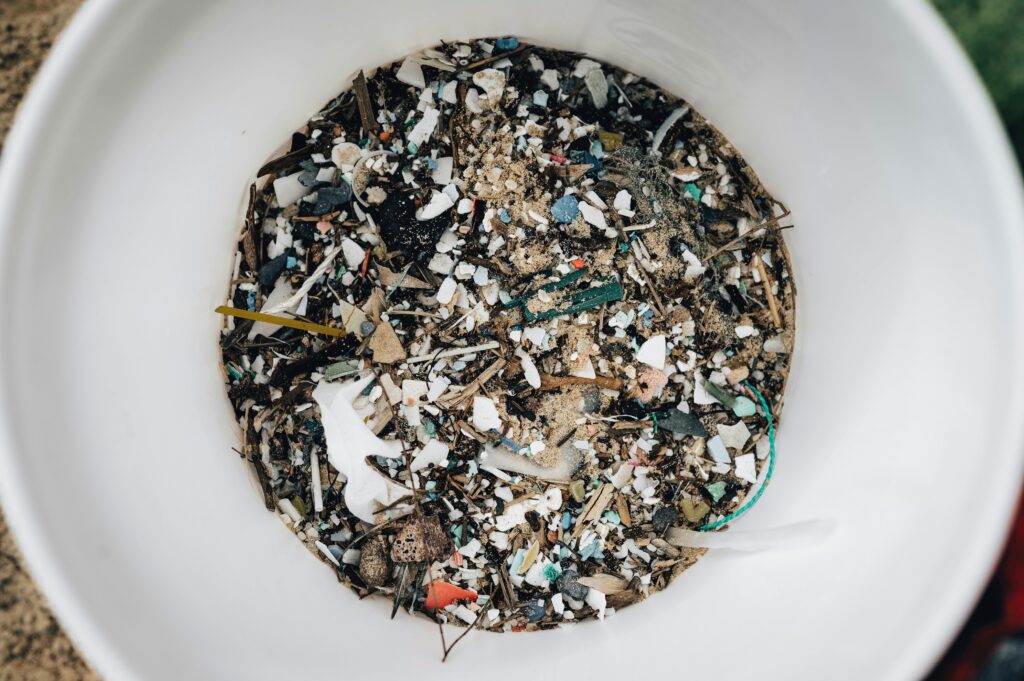Summary: Research from the University of Arkansas uncovers how stream characteristics influence microplastic trapping, guiding effective cleanup strategies.

Microplastics, tiny particles less than five millimeters in size, are emerging as a significant environmental threat. Found in many daily products, these plastics infiltrate ecosystems through everyday actions, threatening both human health and wildlife. A recent study by a University of Arkansas research team explores how streams capture microplastics and how this knowledge can guide cleanup efforts.
Understanding Microplastic Sources and Impact
Microplastics originate from products like face wash and toothpaste, as well as from shedding synthetic clothing fibers during laundering. They enter waterways primarily through human activities such as washing clothes and tire abrasion during driving. These particles can carry toxic chemicals that pose risks to aquatic species by disrupting digestion and fertility; these toxins may eventually reach humans through the food chain.
Stream Characteristics Influence Microplastic Trapping
The researchers studied artificial streams lined with varied substrates—including cobble, pea gravel, and sand—to determine how physical factors affect microplastic retention. They found that streams with more benthic algae, larger substrate particles, and higher water discharge generally trapped more microplastics. However, sudden increases in water flow, such as during storms, can resuspend and transport trapped particles downstream.
Implications for Cleanup and Pollution Prevention
The findings suggest cleanup efforts should prioritize stream sections with specific characteristics, such as rocky bottoms, where microplastics accumulate more. Timing cleanups after storm events could prevent re-release and spreading of particles. Additionally, individuals can reduce microplastic pollution by using specialized laundry bags and filters that catch synthetic fibers during washing, contributing collectively to the solution.
Currently, several commercial products exist to reduce microplastic shedding from synthetic clothes during washing. These include laundry bags like the ‘Guppyfriend’ bag, microfiber filters that attach to washing machines, and washing machine lint filters designed to trap microfibers. These products can significantly limit the release of synthetic fibers into waterways.
Collective action is essential, as small individual changes add up significantly. The research highlights how insights into microplastic transport in streams can guide more effective environmental policies and cleanup technologies, presenting promising business opportunities in developing filtration products and remediation approaches.
Overall, the study offers vital knowledge for tackling microplastic pollution in freshwater systems. By strategically targeting microplastic hotspots and storm timing, both communities and businesses can enhance sustainability efforts and protect ecosystems from this growing invisible threat.
Source: Science Daily, University of Arkansas System Division of Agriculture
Tag: Technology,Microplastics
